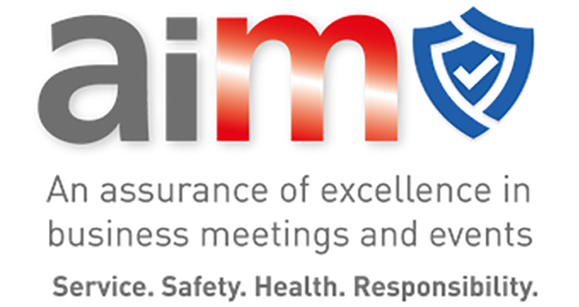Apr 22 2022
Looking at our past: Georgians, jet engines, and genes
We develop and deliver a diverse programme of learning, training, research and engagement, which is global in its reach. We are located on the Wellcome Genome Campus, by the village of Hinxton, near the city of Cambridge, in the UK. The Campus totals around 100 acres of buildings and green spaces, and we are tucked in alongside neighbours such as the Wellcome Sanger Institute, EMBL European Bioinformatics Institute, and Genomics England.
If you have ever visited the Wellcome Genome Campus when attending one of our research conferences or training courses, or as part of a school visit or public event, did you notice Hinxton Hall at the north end of the Campus? For those of us who work on the Campus, it’s easy to take the Georgian country house where we often hold our meetings and events for granted.
The Hall is a Grade II* listed building, meaning that it is on a register of properties compiled by English Heritage that are of architectural or historical interest. Grade II* listed properties are “particularly important buildings of more than special interest” and only around 5% of buildings on the register are in this category. The Hall is now part of Hinxton Hall Conference Centre, and both our own team and our colleagues in Estates and Facilities Management, invest significant time and effort into ensuring that it is well maintained and preserved for future generations.
Over the past few years, we’ve started to think beyond the Hall’s physical structure, to consider who actually lived here. What were their lives like? And how did the Hall become part of a site that is a global leader in genomics research? We decided to try and find some of the answers!
A core group of our Conference Centre and Programme staff have been researching the earliest days of the Hall, its links to the village of Hinxton, and its use before it was part of the Campus. As well as accessing the work of specialist historians, we’ve been lucky enough to speak with some of the people who worked in the Hall in the 1950s and 60s, and even meet some of the descendants of the family who owned and lived in the Hall through the early 1900s.
We’ve found an intriguing literary connection or two, a family identity swap, and a number of unexpected uses for a butler’s pantry! The diverse skill set of our programme, has meant that we’ve been able to draw on the expertise of our Digital Programme Curator, Beth Elliott, to produce an online exhibition which enables interested audiences to delve into some of our findings.
As with all journeys through history, it is only when we start to look that we realise how much more there is to find. We have really enjoyed getting to know some of the people who lived and worked in this fascinating place, their day-to-day lives, as well as the extraordinary events and achievements that shaped them.
The Genome Gallery exhibition includes a variety of personal stories, memories and imagery of life in and around Hinxton Hall. It’s also the home to a short season of live digital events which discussed the Hall’s connection to nature and its kitchen gardens; its first iteration as centre for research and development; and its more recent role in providing space for the Human Genome Project and Covid-19 sequencing and surveillance.
There are definitely many gaps to fill in the story of Hinxton Hall, and we’re very interested in discovering more about where the wealth of the families who lived on this estate came from. But in the meantime, whether you’d like to take a step back in time, and find out about our connection to the development of the Raleigh Chopper bicycle, or explore the impact of 21st century genome sequencing, do pay a (virtual) visit to our exhibition.
I have had a keen interest in the history of Hinxton Hall since I started working at the Conference Centre in 2014. I felt the story of the Hall and the estate had yet to be told so I jumped at the chance of being involved in this project. One of the best aspects for me was gathering research from the local community during an open day, and visiting Alastair and Lavinia Robinson in their family home. It was so lovely to be able to hear stories and view photographs and letters from people who were connected to the Hall, and I felt it added a real personal touch to the whole project.

